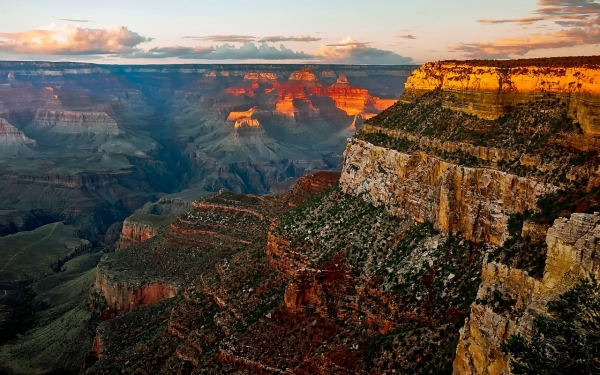UNLV-led team explores relationship between warming post-Ice Age temperatures and intensifying summer monsoon rains on groundwater reserves.
The Grand Canyon’s valleys and millions of years of rock layers spanning Earth’s history have earned it a designation as one of the Seven Natural Wonders of the World. But, according to a new UNLV study, its marvels extend to vast cave systems that lie beneath the surface, which just might hold clues to better understanding the future of climate change — by studying nature’s past.
A research team — led by UNLV paleoclimatologist and professor Matthew Lachniet — pulled an ancient stalagmite from the floor of an undisturbed Grand Canyon cave. By studying the mineral deposits’ geochemistry, they were able to analyze precipitation patterns during the rapidly warming period following the last Ice Age to improve understanding about the potential impact of future climate change on summer monsoon rains in the U.S. Southwest and northwestern Mexico.
Read more at University of Nevada, Las Vegas
Photo Credit: 12019 via Pixabay


